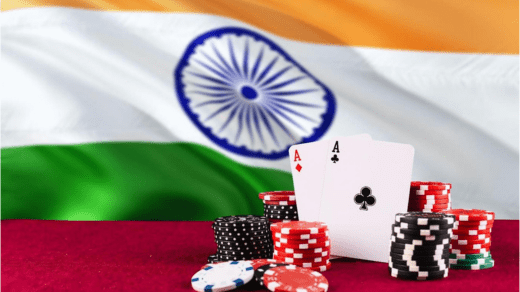India has a rich and diverse cultural heritage, and one aspect that has captivated people’s attention for generations is its fascinating gambling culture. Among the various forms of gambling prevalent in India, Satta holds a prominent place. In this article, we will delve into the intricacies of Satta Matka, exploring its historical significance, types of games, mechanics, risks, legal status, impact on society, and the future of this unique gambling culture.
What is Satta?
Satta, derived from the Hindi word “satta” meaning “gambling,” is an umbrella term used to describe various forms of betting and gambling activities in India. It has deep roots in the country’s history, with its origins tracing back to the era of kings and kingdoms. Over time, Satta has evolved into a widespread and popular form of gambling, attracting millions of participants across the nation.
Historical Significance
Satta holds a significant historical significance in India. It is believed that Satta was prevalent during the reign of ancient kings, who would often engage in gambling activities to entertain themselves and determine the outcome of various events. These activities served as a source of entertainment, as well as a means to settle disputes and make important decisions.
Types of Satta Games
Satta encompasses a wide range of games and betting activities. Some of the popular Satta games include:
1. Desawar
Desawar is one of the oldest and most renowned Satta games in India. It involves betting on a set of numbers, and participants wait for the result to determine the winner. The game has gained immense popularity over the years and continues to attract a large number of players.
2. Gali
Gali is another popular Satta game that originated in the streets of Delhi. It follows a similar concept to Desawar, where participants place bets on a specific set of numbers. Gali has a dedicated fan base and is known for its high-stakes and thrill.
3. Faridabad
Faridabad is a Satta game named after a city in Haryana. It has gained popularity due to its simplicity and ease of play. Participants bet on numbers, and the game’s result determines the winners and payouts.
4. Matka
Matka is a classic form of Satta game that originated in Mumbai. It involves drawing numbers from a matka (pot) to determine the winners. Matka has been a part of Indian gambling culture for decades and still maintains its charm.
The Mechanics of Satta
Satta operates on a simple yet intriguing mechanic. Participants place bets on a set of numbers or combinations before a specified time. After the betting period closes, a random number is drawn, which determines the winners. The game’s result is announced publicly, and participants eagerly wait for the outcome, hoping their bets turn out to be lucky.
The Role of Luck and Probability
Luck and probability play a vital role in Satta games. While participants strategize and analyze patterns, the ultimate outcome is heavily influenced by luck. Satta has an element of unpredictability that adds to the thrill and excitement for players.
Risks and Consequences of Satta
Engaging in Satta comes with its own set of risks and consequences. Due to its addictive nature and potential for financial losses, Satta can lead to adverse effects on individuals and their families. Participants may develop a gambling addiction, experience financial distress, and face social and psychological challenges.
Legal Status of Satta in India
The legal status of Satta in India is complex and varies across different states. While some states have completely banned gambling, others permit certain forms of it. The Public Gambling Act of 1867 is the primary legislation governing gambling activities in India. It prohibits operating or visiting a common gaming house, but its implementation and interpretation differ from state to state.
Satta and its Impact on Society
Satta’s impact on society is multifaceted. While it provides entertainment and excitement to many, it also contributes to social issues such as gambling addiction, financial problems, and illegal activities. The influence of Satta on society highlights the need for responsible gambling practices and effective measures to mitigate its negative consequences.
Responsible Gambling and Harm Reduction
Responsible gambling is crucial to promote a safe and sustainable gambling environment. Various organizations and initiatives aim to educate the public about responsible gambling practices, raise awareness about the risks associated with madhur satta net, and provide support to individuals struggling with gambling addiction. It is essential for participants to set limits, gamble responsibly, and seek help if needed.
The Future of Satta in India
The future of Satta in India is uncertain. As the country undergoes societal and legal transformations, the gambling landscape may witness significant changes. The government’s approach to regulating gambling activities, technological advancements, and shifting public opinions will shape the future of Satta in India. Satta, with its rich history and cultural significance, remains an integral part of India’s gambling culture. Understanding the intricacies of Satta helps us appreciate the diverse forms of entertainment that exist within the country. However, it is crucial to approach Satta responsibly, considering its potential risks and consequences. By fostering responsible gambling practices, we can ensure a safer and more enjoyable experience for all participants.

